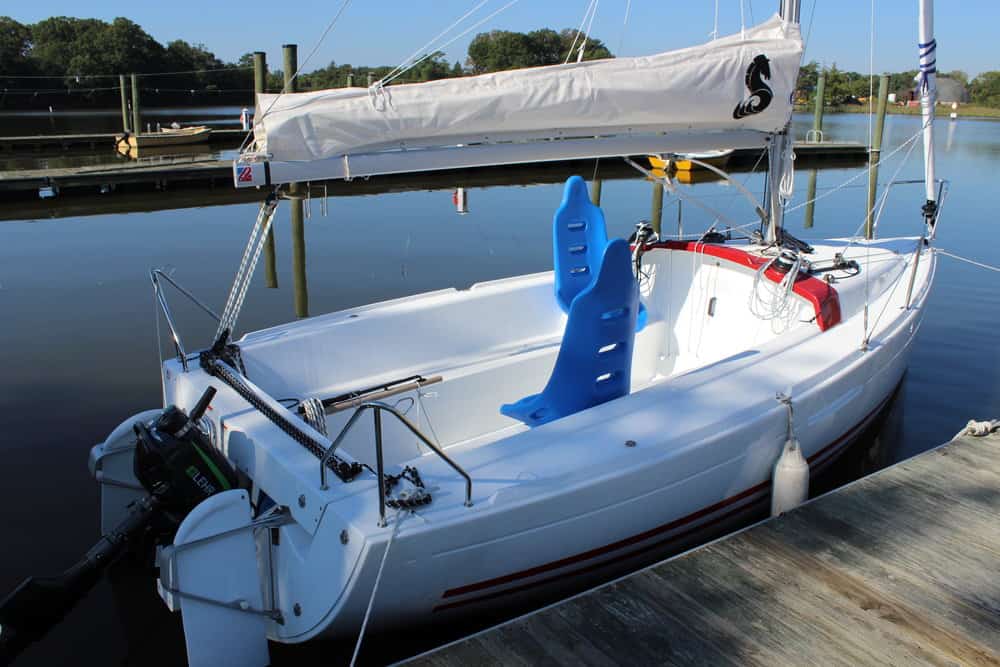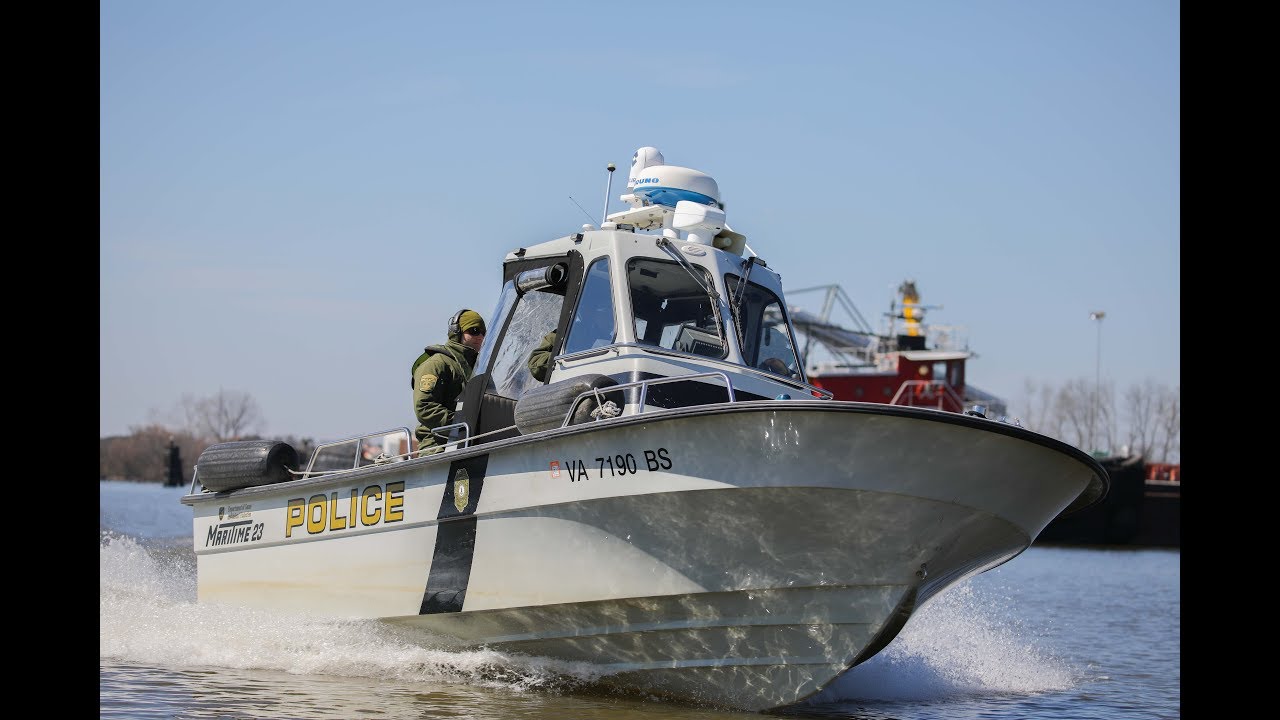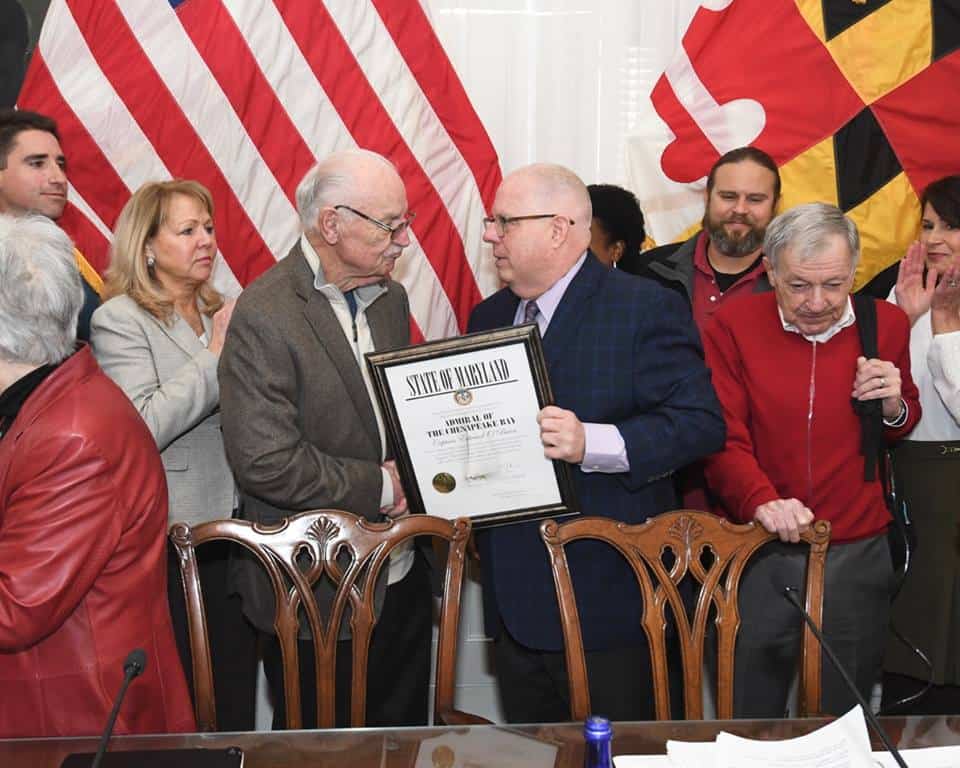It was a better visit to Baltimore for the 1,095-foot container ship Ever Forward last week than it was the last time it came to town. After leaving the Port of Baltimore on March 13, the ship ran aground north of the Bay Bridge where it sat until April 17 before being refloated. Bay Bulletin closely tracked the month-long operation to dislodge the ship from the Bay’s silty bottom.
This time, Ever Forward arrived and departed Seagirt Terminal without incident.
The ship had traveled from Hong Kong on June 5, making a stop in Panama before arriving in Baltimore on July 7. After unloading and loading cargo, it departed on July 10 (and was in Savannah, Ga. as of Tuesday) and will cross the Panama Canal on August 6 with a return to Hong Kong a week before Labor Day. If you missed seeing it this time, the huge ship makes a return in October. The name Ever Forward is appropriate.
One fact becoming almost routine in the shipping industry is the larger the ship, the lower the cost to transport products. Evergreen Marine Corporation owns the largest ships, all of which begin with the name “Ever.” Launched in June of this year, Ever Alot is the biggest of all, measing 1,309 feet from bow to stern. While putting more-cargo-on-one-ship approach is economical, there’s are problems when navigating passages that aren’t updated for these larger lengths. Last year, Evergreen’s Ever Given got stuck in the Panama Canal for six days, blocking more than 400 ships from traversing the key waterway connecting the Atlantic and Pacific Oceans. And last March, Ever Forward with a required 46-foot depth had problems when a wrong turn was taken leaving Seagirt, ending up in just 24 feet of water. After dredging and then removing 500 of the 5,000 containers aboard, the ship was able to, well, move forward. U.S. Coast Guard Baltimore says that incident is still under investigation.
Maritime Historian and Campbell University Professor of History Dr. Salvatore Mercogliano says groundings have always occurred but are more frequent with larger ships. “There have not been any substantial improvements in ports or shipping channels and many of the same issues still exist. We saw a near similar situation happen last month in Savannah when Maersk Surabaya became grounded by her stern in the channel; but was able to be pulled free by a fleet of tugboats.” Citing the need for more powerful tugboats to handle larger ships he adds, “it’s an overlooked portion of our nation’s maritime infrastructure.”
Locally, there’s some positive movement on land and water.
Seeing the move to ever larger ships, the Port of Baltimore has added four supersized cranes to handle the increased capacity of container ships. Channels to Seagirt have been deepened to accommodate the increased draft of what are now called “supersized cargo ships.” Baltimore ranks first among U.S. ports for the volume of autos, light trucks, farm and construction machinery that are delivered from container ships. Improved connection with rail services has also been a part of the port’s $166 million infrastructure plan.
It’s good news for Ever Forward and everyone else.
-Pat Piper



